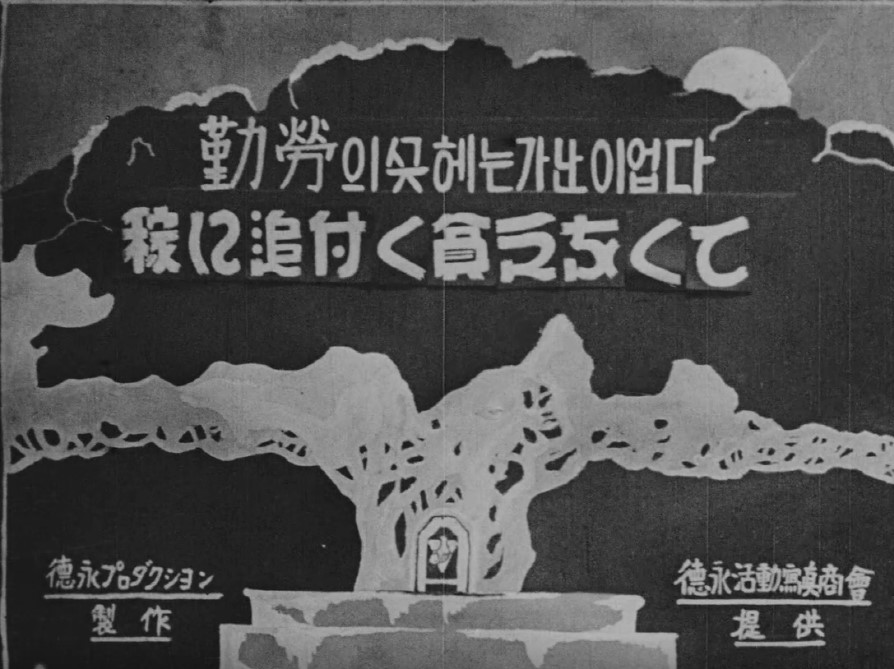Rare Korean films from Japanese colonial era restored
Korean Film Archive runs online screenings of old films discovered overseas
By Song Seung-hyunPublished : June 8, 2021 - 17:13

Korean short films made during the Japanese colonial period can now be viewed online.
Four short films -- “Geulloui Kkeuteneun Ganani Eopda,” “Ondol,” “Gyeongseongsosik” and “Manjueseoui Jeontu” -- discovered through KOFA’s Cinematheque KOFA Restoration project were converted into a digital format and made available on the Korean Classic Film YouTube channel and Korean Film Archive’s KMDb website.
The 19-minute film titled “Geulloui Kkeuteneun Ganani Eopda,” directed by Lee Gyu-seol, is thought to have been made in the late 1920s. The title roughly translates to “There is No Poverty at the End of Labor.” KOFA emphasized that Lee’s film is a valuable source for studying Korea’s early film history.
“Geulloui Kkeuteneun Ganani Eopda” was found in 2019 in Gosfilmofond, a state film archive in Russia. The film was created to deliver the message that if you work hard and save money, better days will come, with some slapstick comedy elements. There are scenes where the protagonist accidentally falls and tumbles with his friend and shows exaggerated hand gestures, according to KOFA. The movie also includes animation effects at the beginning when the title in Japanese appears with a sun. Director Lee, who played the protagonist’s dad in the iconic film “Arirang” (1926) directed by Na Woon-kyu, also makes a cameo appearance in his own film.
“Ondol” (1941), which was also found in Russia, is 10 minutes long. The film was created to introduce Korea’s traditional ondol, or heated floors, to Japan. It is valuable as it shows how people of the time lived as well as the buildings of the time in great detail.
At just three minutes, “Gyeongseongsosik,” meaning “News of Seoul,” is a 35-millimeter film that shows how Korea looked from the late 1920s to the 1930s. It was donated by the Toy Film Museum in Kyoto, Japan, and digitized by KOFA.
Also, scenes that show the architecture of the Joseon era were excerpted and digitized from documentary film “Manjueseoui Jeontu” (1931), or “Battle in Manju,” for online viewing. The documentary was discovered in Germany’s Bundesarchiv in 2004.
By Song Seung-hyun (ssh@heraldcorp.com)







![[KH Explains] How should Korea adjust its trade defenses against Chinese EVs?](http://res.heraldm.com/phpwas/restmb_idxmake.php?idx=644&simg=/content/image/2024/04/15/20240415050562_0.jpg&u=20240415144419)











![[Today’s K-pop] Stray Kids to return soon: report](http://res.heraldm.com/phpwas/restmb_idxmake.php?idx=642&simg=/content/image/2024/04/16/20240416050713_0.jpg&u=)